
AIDS 2014 criticised over lack of trans* speakers as HIV rates skyrocket
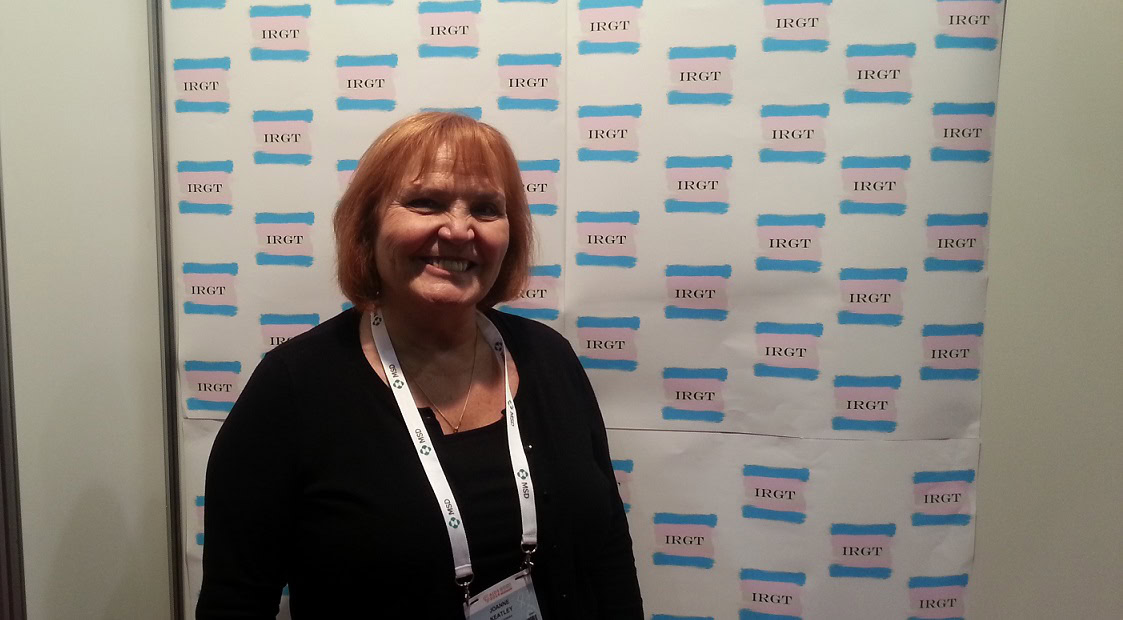
ADVOCATES have called for increased representation of trans* people at major aids 2014 events, with research showing trans women are almost 50 times more likely to be living with HIV across parts of the world.
At the opening plenary session on the fifth day of the International AIDS Conference in Melbourne, trans woman and researcher JoAnne Keatley said trans* people should be representing themselves.
“Consider inviting a trans* HIV profession to represent our own response to these important updates and issues,” she said to the packed audience, who responded with applause.
“I think that many of the people on the panel recognise that trans women and men are not men who have sex with men, we are transgender women and men, and we have our own community, and our own ability to respond to the issues that are facing us.”
Director at the Centre of Excellence for Transgender Health in California, Keatley was introducing a plenary talk on the community response to HIV from men who have sex with men and trans people.
Increased recognition of trans* people as a key population affected by HIV has been a theme at the conference, with the shocking statistic that trans* people are 49 times more likely to be living with HIV widely-discussed. The statistic comes from a study published in April looking at HIV infection in trans women across 15 countries.
Trans* people were also a focus of the Global Forum on MSM and HIV pre-conference held over the weekend, where a number of trans* people gave plenary speeches.
Looking at the scientific community’s approach to key affected populations in her plenary address on Thursday, Brazilian HIV researcher Beatriz Grinsztejn said trans* people, as well as men who have sex with men, were disproportionately affected by HIV even in areas with a generalised HIV epidemic, like sub-Saharan Africa.
“Of all populations affected by HIV, evidence suggests that the transgender populations may carry the heaviest HIV burden worldwide,” she said.
“The rate of HIV infection among transgender people is higher than most at risk groups, yet most tracking systems do not report data on trans people systematically.”
Rates of HIV among trans* people in Australia are understood to be relatively lower.
Amidst this discussion, the World Health Organisation’s recently-released consolidated guidelines on HIV prevention, diagnosis, treatment and care for key populations affected by HIV has included trans* people as a distinct group for the first time, alongside men who have sex with men, people who inject drugs, sex works and others. In previous guidelines, trans* people were included under men who have sex with men.
While the change has been welcomed by and large, there are some concerns a great deal of nuance is missing from the way the WHO has engaged with trans* communities.
Keatley was on the working group developing the new guidelines, and told the Star Observer she was concerned about the blanket use of the term “transgender” when, for example, trans women are disproportionately affected by HIV.
“In its draft form the key guidelines kept speaking about transgender people as if we didn’t have male or female identities,” she said.
“So my argument was that, to say that transgender people were a key population when really the incidence resided among trans women, the fact that we don’t call out the fact that HIV is having this profound impact on transgender women, and that we reduce it to transgender women is just another way of erasing our gender. It dehumanises us and in effect it erases our gender identity.”
Keatley also said if the WHO and governments did not understand and acknowledge trans women as women, it negated their identities.
“We need to acknowledge that trans people have gender identities that do adhere to a traditional gender binary.”
(Photo of JoAnne Keatley; credit: Benjamin Riley; Star Observer)
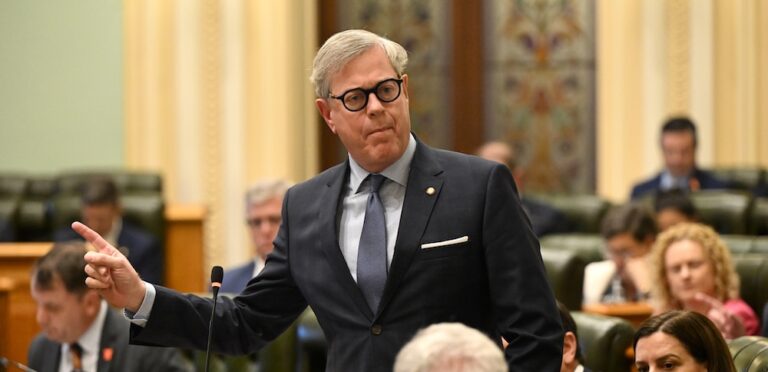

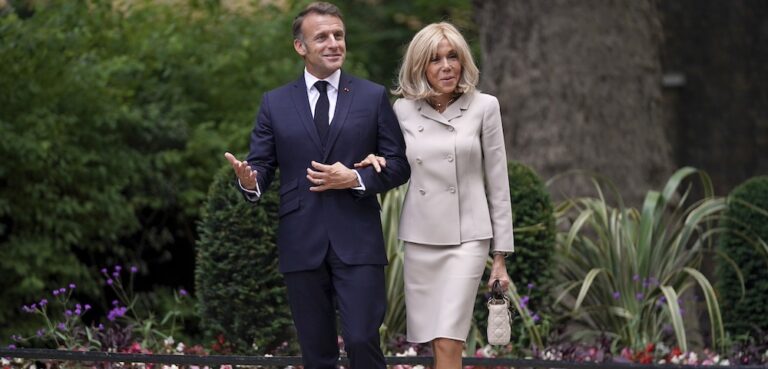
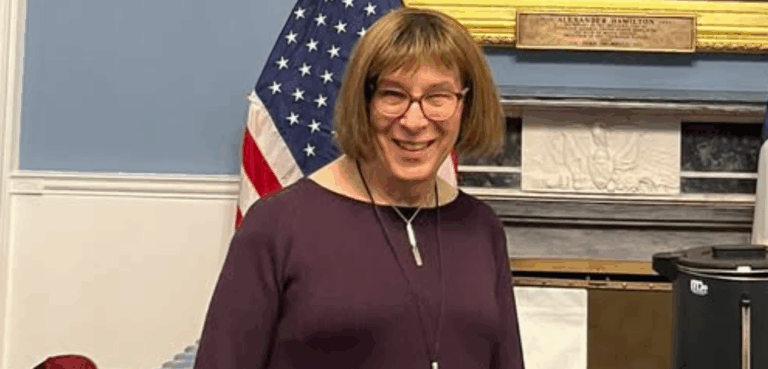
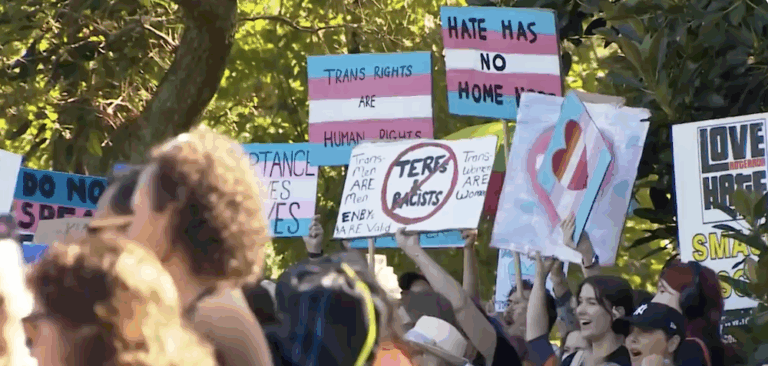
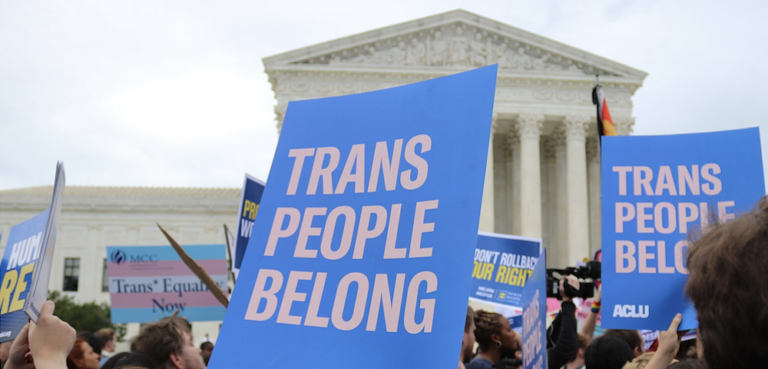



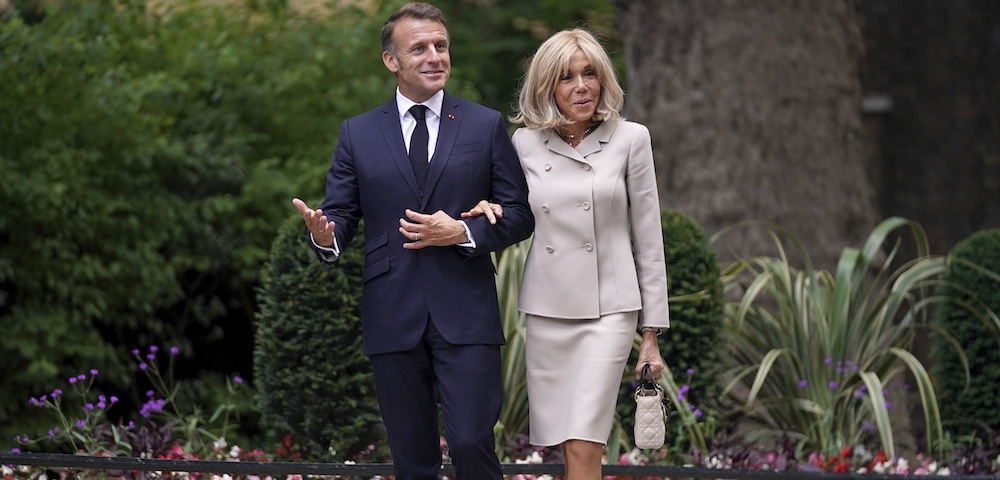
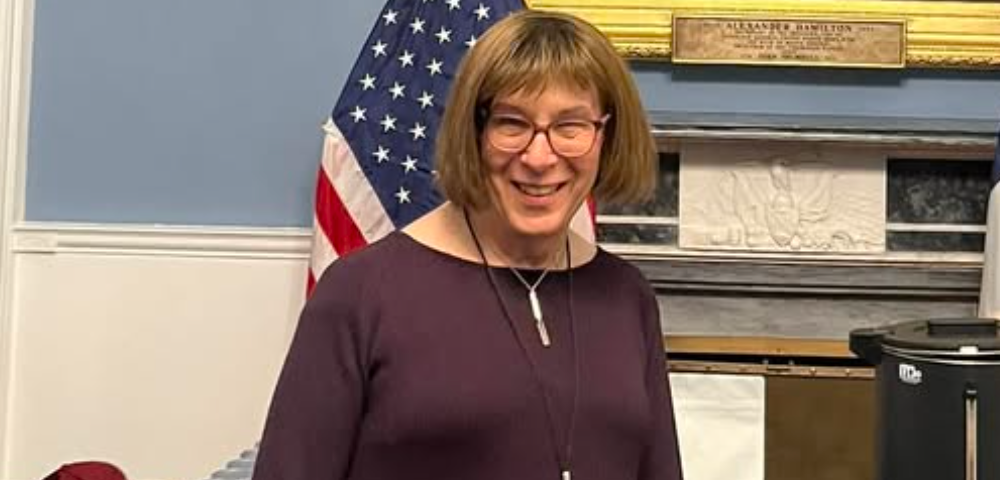
I am trans and I have friends who are trans. We do not all fit into a gender binary. There are under the transgender umbrella folk who are gender queer and others who use the pronoun they.